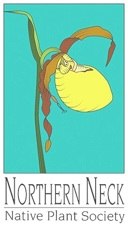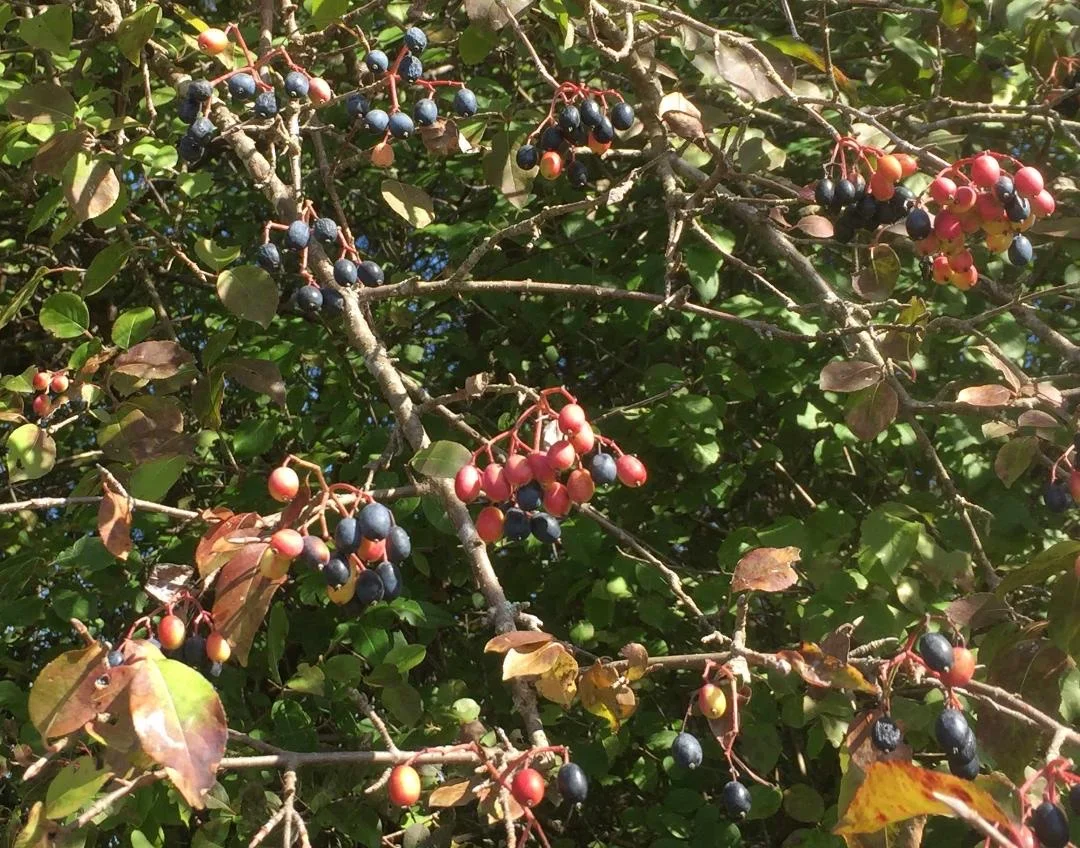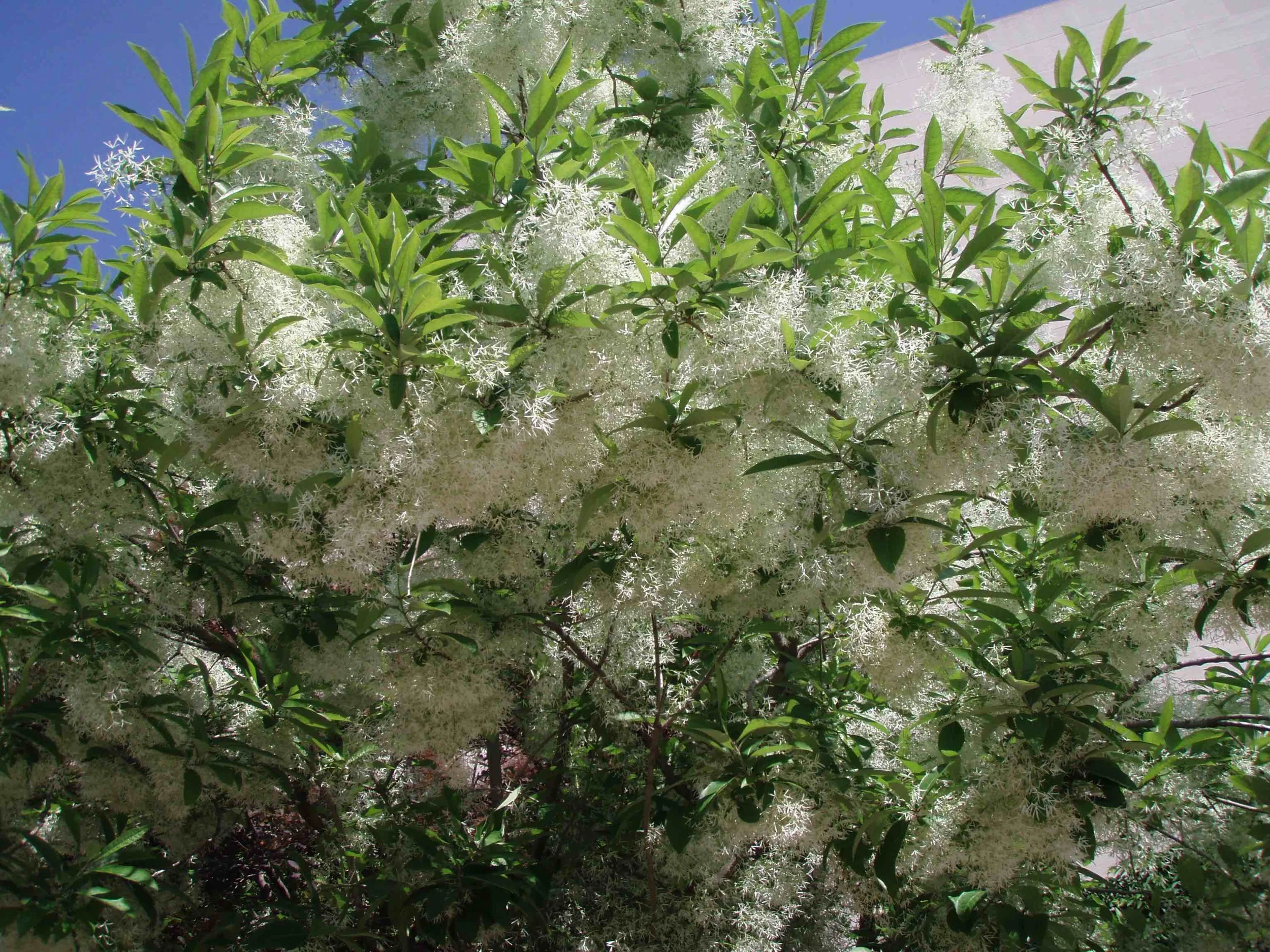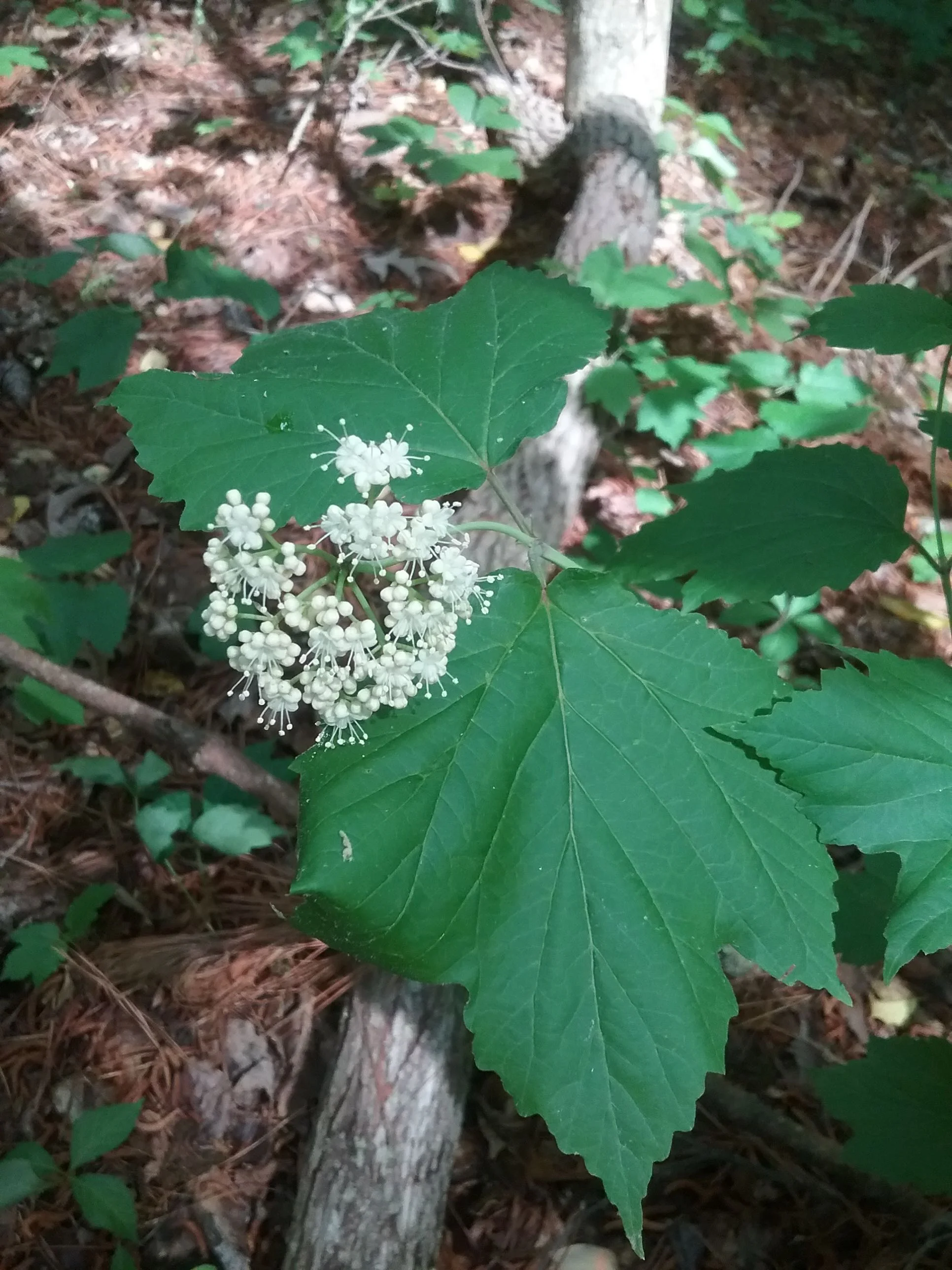Viburnums are beautiful native shrubs or small trees with 11 species native to Virginia and four native to the Northern Neck. All are wonderful but the native Blackhaw (Viburnum prunifolium) stands out on all counts, with its multi-season landscape interest from showy flowers to conspicuous fall fruit.
Read MoreSeveral of our native Lobelias are well loved and absolutely beautiful. Cardinal Flower with its brilliant red flower spikes, and Great Blue Lobelia with its crowded spires of deep blue flowers, are familiar to many gardeners. Downy Lobelia (Lobelia puberula), which is less well-known, graces roadside ditches, low and upland woods, riverbanks and other boggy or damp areas.
Read MoreSwamp Rose-mallow (Hibiscus moscheutos), also known as Eastern or Crimson-eyed Rose-mallow and one of our showiest native wetland plants, is in full bloom right now. It is found in both freshwater and tidal marshes along our rivers and creeks, open marshes and other damp areas.
Read MoreButterfly-weed (Asclepias tuberosa), probably the most popular garden milkweed, has incredibly showy, brilliant orange to red-orange and even yellow flowers. In June and July or sometimes later, large flat-topped clusters of brightly colored flowers top softly fuzzy stems.
Read MoreFringetree is one of our most beautiful and under-used, small flowering trees. It is breathtaking in full bloom in May when clouds of dainty, silky-white flowers are held in drooping clusters at the ends of branches.
Read MoreGolden Ragwort (Packera aurea) is a spring-blooming native wildflower with a lot of ‘wow’ power!
Read MoreBloodroot, Sanguinaria canadensis, Bloodroot is one of the earliest wildflowers to bloom in our area and is found in moist woodlands and floodplains.
Read MoreIlex verticillata, Winterberry Holly, is a wonderful deciduous shrub that lights up a winter garden with its brilliant red berries.
Read MoreLoblolly Pine (Pinus taeda) is the second-most common tree in the entire United States (the most common is the Red Maple). This fast-growing evergreen can be up to 100 feet in height, with a trunk up to four feet in diameter, but most trees are smaller.
Read MoreHighbush Blueberry (Vaccinium x. marianum, a hybrid of V. fuscatum and V. formosum), are versatile native shrubs or small trees which provide four seasons of interest in eastern Virginia. They can grow 10 feet or more in height, often with several trunks. Young branches are light green with a zigzag pattern which is more obvious in winter after leaf fall.
Read MoreBur-marigolds (Bidens laevis and Bidens cernua) are native wildflowers found in wet places and shallow fresh water. These two species are very similar, but should not be confused with the marigolds planted in many of our flower beds–those are a completely different-looking, non-native plant.
Read MoreThree-nerved (Coastal) Joe-pye-weed (Eutrochium dubium) is one of our many native plants that are unjustly considered weeds simply because of their common name. For gardeners, this is one of the more useful of several local species of Joe-pye-weed because it only grows to total height of about three or four feet.
Read MoreCardinal Flower (Lobelia cardinalis) is a strikingly beautiful wildflower found along stream banks and in bogs and swamps. The unbranched plant grows up to four feet in height with dark-green toothed leaves.
Read MoreCinnamon Fern (Osmundastrum cinnamomeum) is a large graceful fern which grows in shady wet areas. It typically attains a height of about 3 feet, but can reach 5 feet in favorable environments.
Read MoreHairy Skullcap (Scutellaria elliptica) is a striking native wildflower. It grows 12 to 18 inches in height with oval or elliptical leaves and has hairy stems which rarely branch.
Read MoreMaple Leaf Viburnum (Viburnum acerifolium) is a deciduous shrub which is relatively common in our forests.
Read MoreVirginia Bluebells (Mertensia virginica) is one of the most beautiful of the native spring ephemerals that has been introduced into our area. Although it does not grow naturally in the Northern Neck, it is found throughout much of the rest of Virginia, including the Middle Peninsula.
Read MoreVirginia Dwarf Trillium (Trillium pusillum var.virginiana), the only native trillium in the Northern Neck, is an exceptionally attractive small wildflower that grows naturally in Lancaster County. There are many different kinds of trillium but this one is unique because of its small size of only about 7 or 8 inches in height at maturity.
Read More














